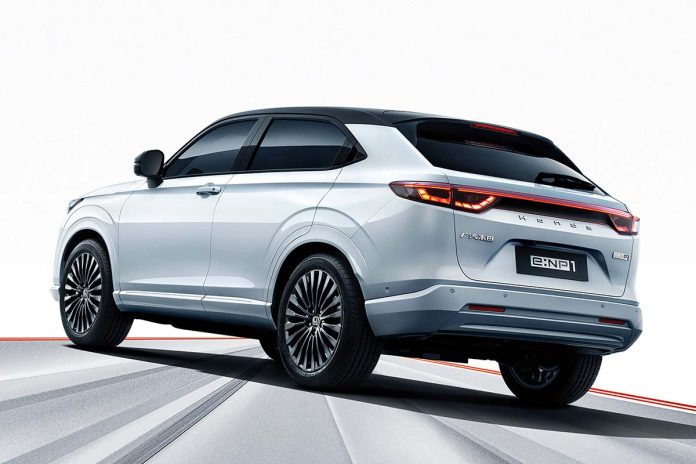Japanese automotive giant Honda Motor announced on December 8 that it will purchase about 123GWh in vehicle batteries from China’s CATL from 2024 to 2030. These products will be produced centrally at CATL’s Yichun Factory.
This long-term purchase was completed through Zhongrui (Beijing) Trading Service Co., Ltd., with shareholders including Honda China, Dongfeng Motor Group and GAC Group. Zhongrui was established to be responsible for the battery procurement of Honda’s two joint ventures in China.
Honda now sells e:NS1 and e:NP1 pure electric vehicle models in China, which are equipped with 53.6 kWh and 68.8 kWh batteries respectively. Calculating by the average battery capacity of 61.2 kWh, those purchased by Honda can be used by about 2 million pure EVs, with an average of 280,000 units per year.
According to Ping An of China Securities, Tesla is now the largest customer of CATL. In 2021, lithium iron phosphate batteries purchased by Tesla accounted for 18.7% of the total shipments of CATL, while NIO and XPeng ranked second and third, accounting for 8.6% and 7.4% of the total shipments respectively.
According to Kaiyuan Securities, Tesla spent about 13 billion yuan ($1.87 billion) for purchasing batteries from CATL in 2021, of which the average price of batteries is 0.6 to 0.7 yuan/Wh. According to the calculation of 0.65 yuan/Wh, Tesla bought about 20GWh batteries. By comparison, Honda will become the second-largest customer for CATL after Tesla.
It can be seen from this deal that Honda’s transformation to NEV production is accelerating. In 2021, Honda sold only 10,000 NEVs in China, while BYD sold 590,000 units.
In April this year, Dongfeng Honda’s e:NS1 model was officially released. Up to now, its highest monthly sales volume was 878 units, while the sales volume in October was only 297 units. GAC-Honda’s e:NP1 also performed poorly after its release in June, with only 629 vehicles sold in October. At the same time, Honda’s fuel car business is also declining. The sales volume of Honda in China dropped by more than 40% in November, the biggest decline since the outbreak of the pandemic in 2020.
Honda plans to sell 2 million NEVs in 2030, 40% of which are expected to be EVs and 60% are hybrid vehicles. By 2027, Honda will launch 10 e:N brand pure EVs in China, and the sales volume of NEVs in China will increase to 800,000 by 2030.
Honda will also invest 5 trillion Japanese yen ($36 billion) in electrification and software in the next decade. In terms of power batteries, in addition to cooperation with CATL in China, Honda’s partner in the US market is LG Energy Solution of South Korea, and its Japanese supplier is Envision AESC. In addition, Honda has plans to develop its own solid-state batteries.

